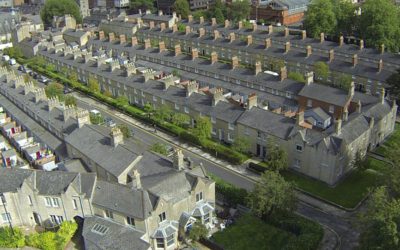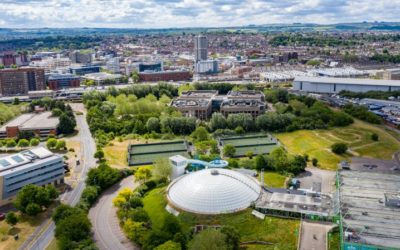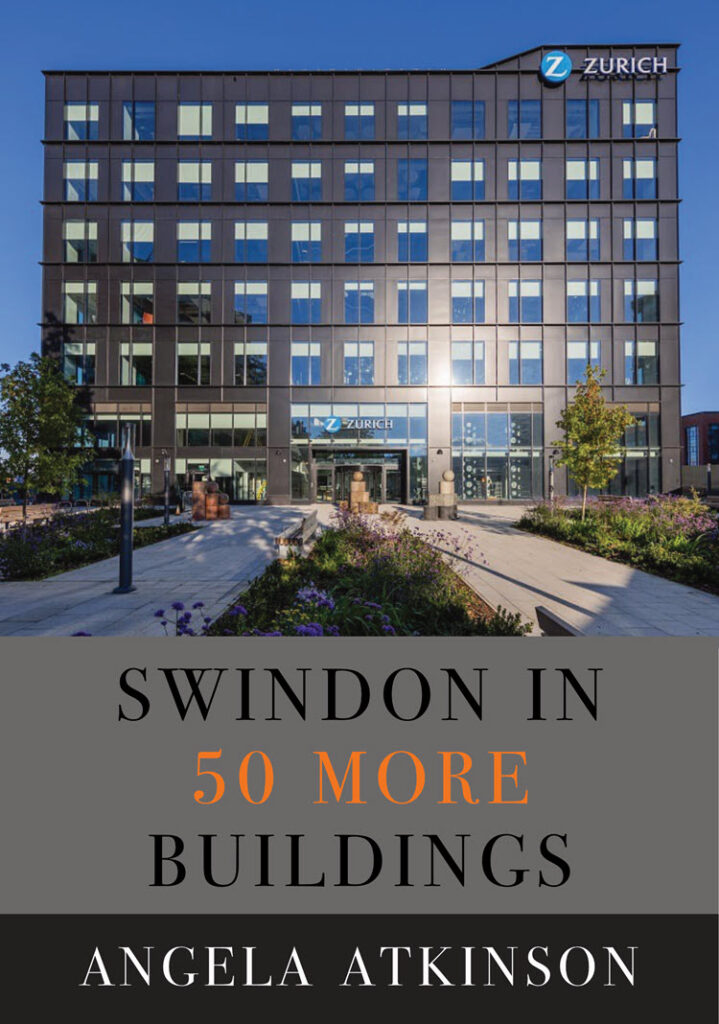It began when civil engineer Isambard Kingdom Brunel and mechanical engineer Daniel Gooch put their railway works at the foot of Swindon Hill. Without that, Swindon as we know it wouldn’t exist.
17. The GWR Workers’ tunnel 1870
Built in 1870, 380 ft (1115.8m), 15ft (4.6m) wide and 7ft (2-1m) high, the GWR Workers’ tunnel still provides the main pedestrian access from the railway village to the Works’ site.
Council Meeting Accepts Oasis Motion
At last night’s Full Council meeting, Labour put forward a motion. The motion requested that the Council leader, Cllr David Renard, work with the iconic leisure centre’s current owners to produce a report detailing a full building and works survey.
Oasis Campaign Seeks Sustainable Solutions
Save Oasis Campaign Seeks Sustainable Solutions
Not letting themselves become clouded by sentimentality, the Save the Oasis campaign group have set themselves the task of seeking sustainable solutions. Of course they want the dome preserving – but they have full understanding that to keep it, it must function better than it ever has.
Iconic Swindon Structures and Buildings
Iconic Swindon Structures
Controversy ranges in Swindon as I bash out this blog, around the Oasis Pleasure Dome. A term bandied about around this leisure centre is ‘iconic’. Thus I thought I’d have a look at the term – what it means – and what it means to Swindon.
A response to Cllr Renard’s Advertiser Comment
Dear Cllr Renard
Before I start I wish to clarify that when I use the terms YOU/YOUR etc I’m not necessarily referring to you personally but am using ‘you’ as a metonymy for the body you represent. I trust you’ll appreciate the difference where it’s applicable.
Save Swindon’s Oasis Dome Pool
Save Swindon’s Oasis Dome
Back in January I wrote this post, in my Swindon in 50 More Buildings series, about the Oasis in Swindon. In that I gave mention of the Save the Swindon Oasis campaign. If you’re a Facebook user you’ll find them here: https://www.facebook.com/saveoasis
16. The Nunnery Milton Road 1896
I very nearly put the nunnery on Milton Road in Swindon in 50 Buildings but didn’t. So, despite the fact that’s not too much to tell, I have to include it in this Swindon in 50 More Buildings series, because it’s unique in Swindon. There is no other nunnery – or ex-nunnery – in the town. Unless someone can tell me otherwise.
15. 1-3 Faringdon Road Swindon 1892
W G Little Milliner and Draper
Born in Chippenham to a Scots family, William Graham Little arrived in Swindon in 1874.
14. Lower Stratton Methodist Church 1883
For this post in the Swindon in 50 More Buildings series I’m keeping with the Stratton area. The previous post covered Upper Stratton Baptist Church – and in this one Lower Stratton Methodist Church. So one way and another I’ve got Methodism north of the railway well-covered!
13. Upper Stratton Baptist Church Swindon 1861
With this Swindon in 50 More Buildings series my quest to include different areas of town continues, as it did in my Swindon in 50 Buildings book. What I can also do with this series, that I couldn’t with the book, is look at some buildings in the wider borough. But for now, with this post, I’m in Upper Stratton with the Upper Stratton Baptist Church.
12. The WH Smith Offices 1966-67
I’d had no particular thought about including the WH Smith offices in this series. But then, as is so often the way, I saw something on Twitter that piqued my interest and persuaded me that I should. What I saw was this article from the 20th century society about getting the building – what’s left of it – listed.














